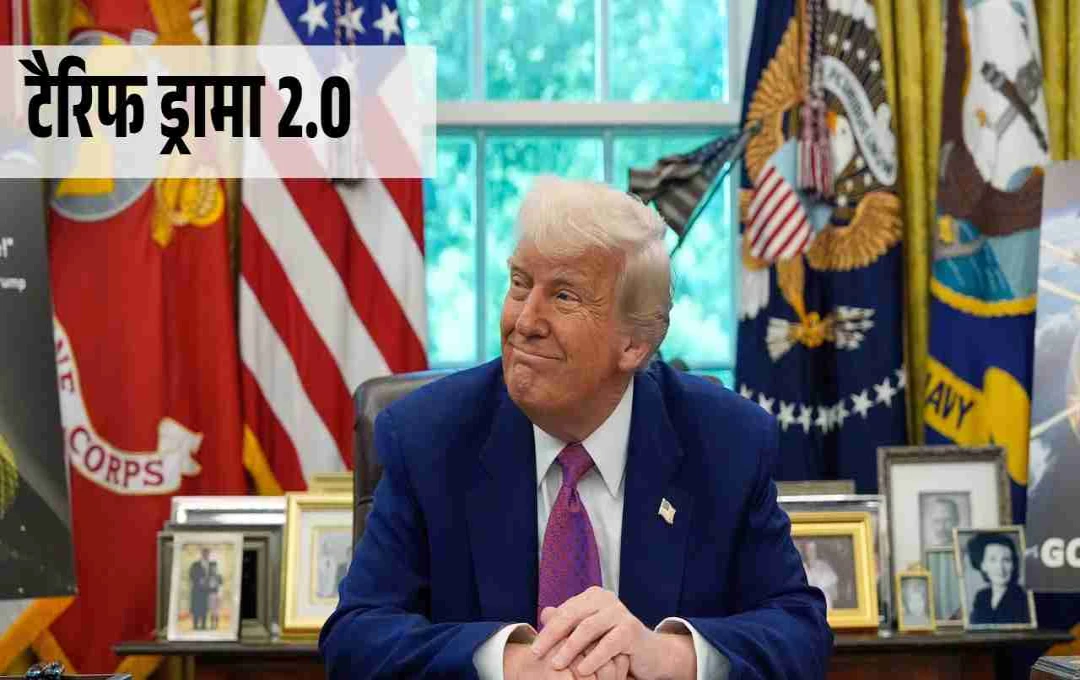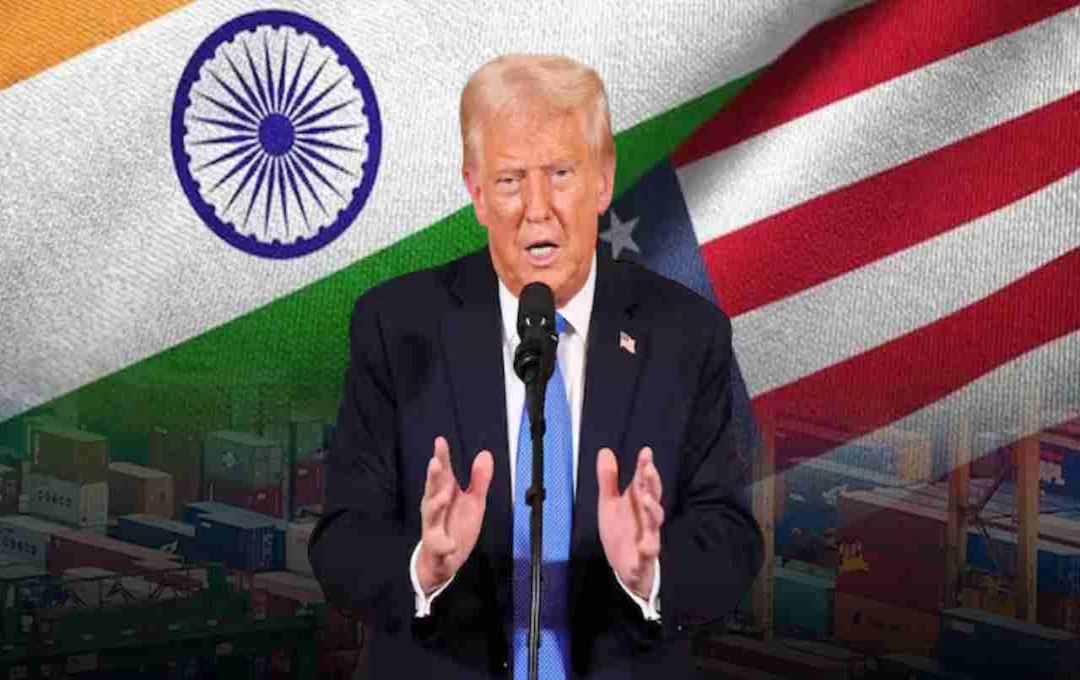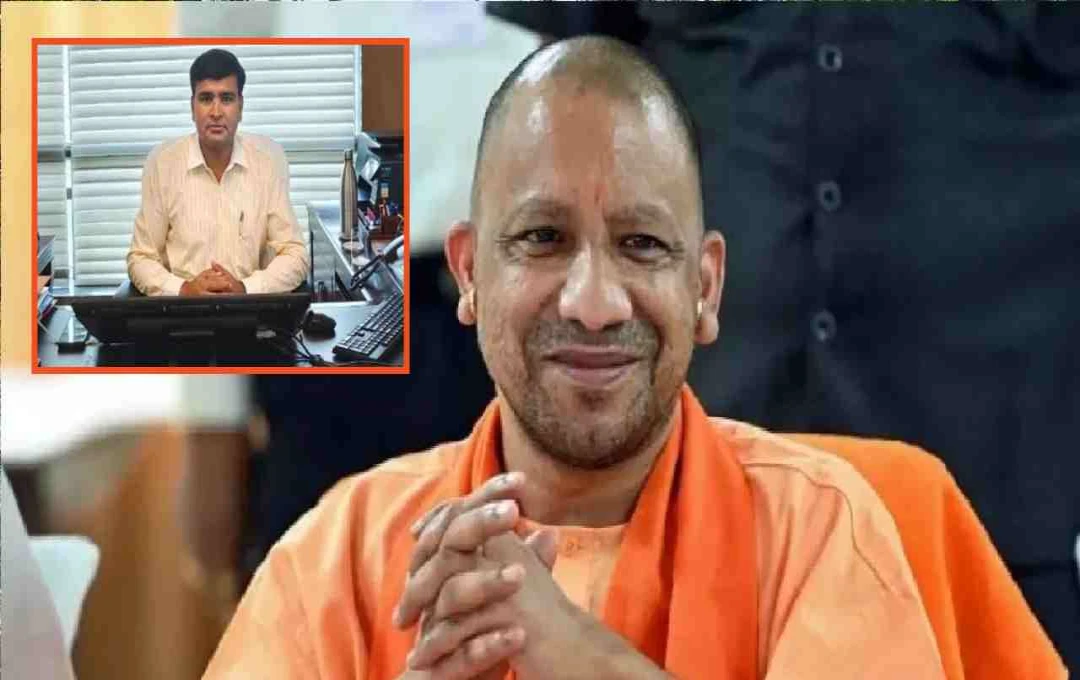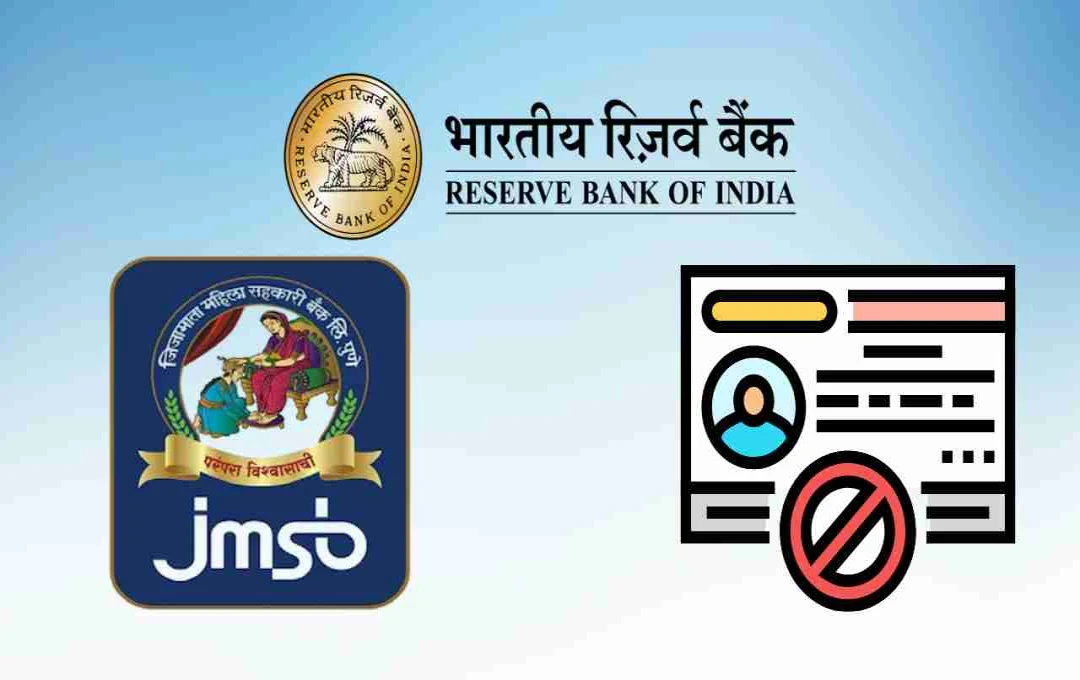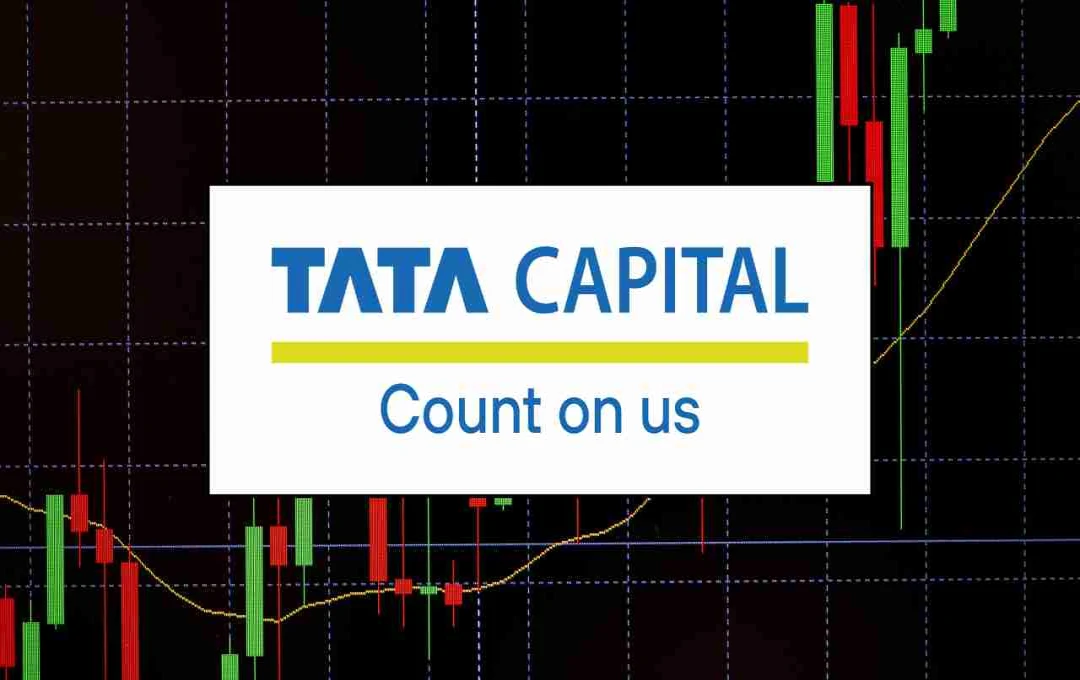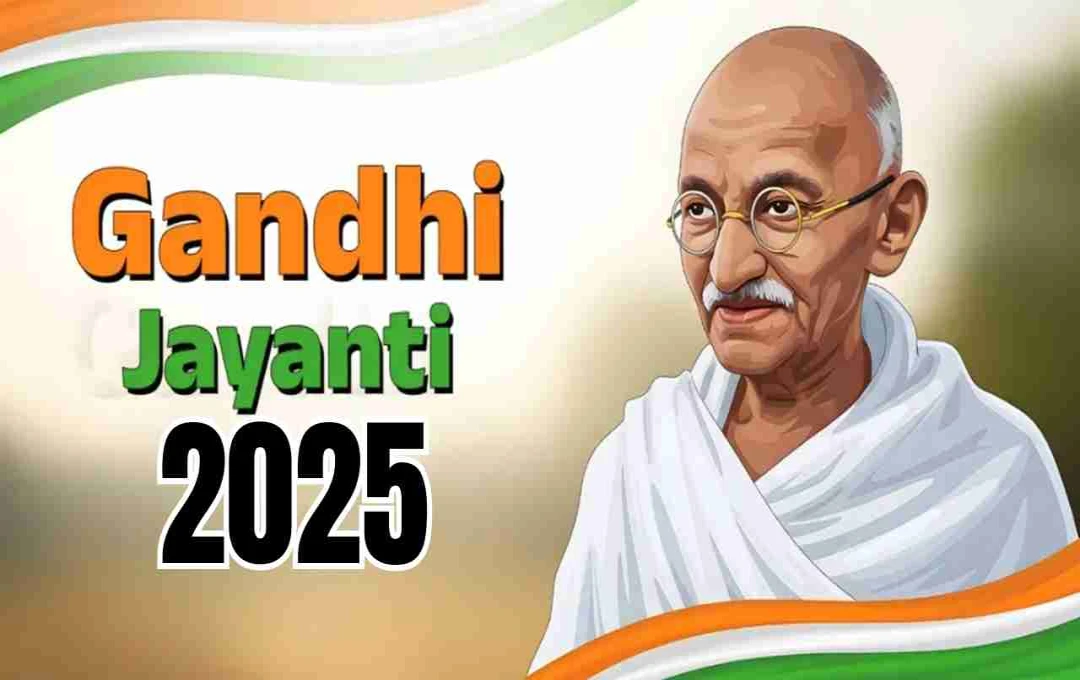The US has sent a final notice to countries like India regarding the tax deal, with a deadline of July 9th. A 26% tariff will be imposed if an agreement is not reached. Concerns are raised regarding the impact on trade, farmers, and GM crops.
Tariff Deal: The uncertainty surrounding trade between India and the United States has now reached a decisive stage. US President Donald Trump has indicated that tariffs previously set will be re-imposed on countries that fail to reach a trade deal by July 9th. Several countries, including India, are currently engaged in last-minute efforts to avoid hefty taxes.
Why is the US imposing new tariffs?
On April 2nd, the US implemented new tariff rates on foreign goods. The US government's argument is that other countries impose high taxes on American products while the US allows trade at lower rates. To address this imbalance, the US gave countries 90 days. This period is now nearing its end, and the US is set to implement new tax rates from August 1st.
Trump's Warning: Tariffs from 10% to 70%
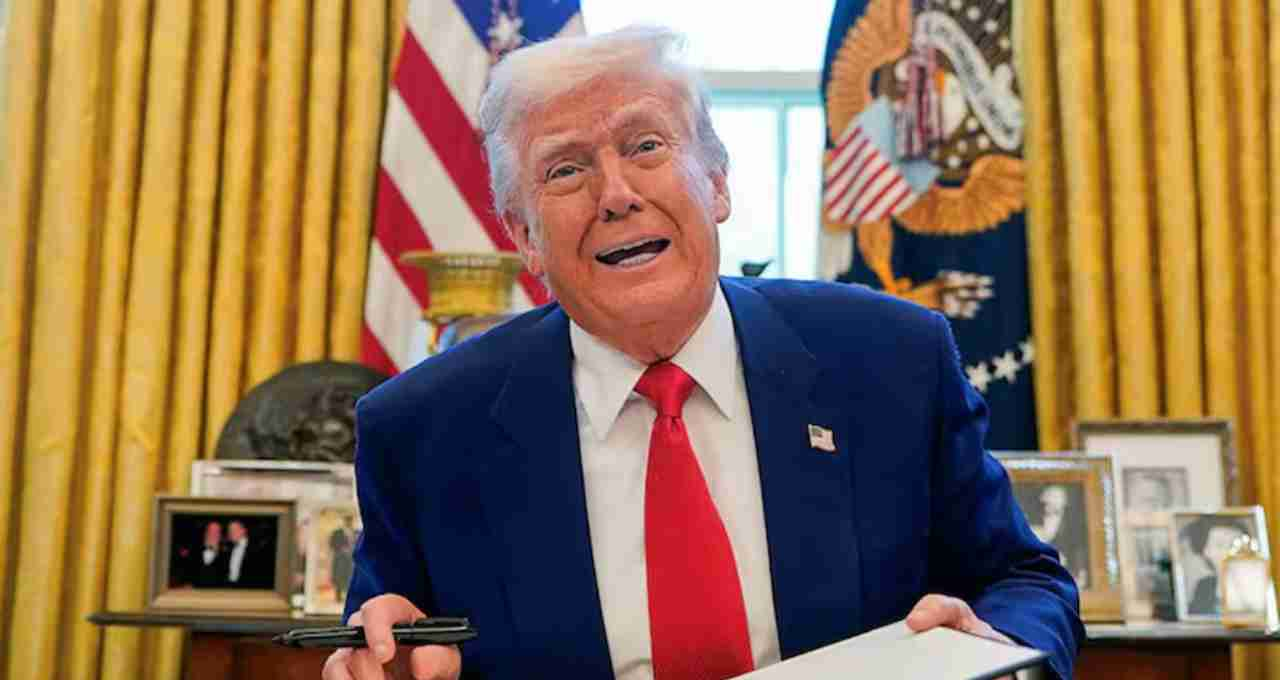
President Trump stated that he would begin sending letters to 10 to 12 countries from Friday, informing them of the tax that will be imposed on their products from August 1st. These tariffs could range from 10% to 70%. Countries that fail to reach an agreement will face the old, higher rates.
What is India's situation?
This issue is very important for India because it exports approximately $53 billion worth of goods to the US annually. If a deal is not reached, almost all of India's major products could be subjected to a tax of up to 26%. This could severely affect sectors like pharmaceuticals, textiles, and auto parts.
The biggest obstacle in the deal: the issue of GM crops
A deal between India and the US is almost ready, but the biggest hurdle is regarding GM (Genetically Modified) crops. The US wants India to open up imports of GM corn and soy. However, India argues that restrictions on GM crops are linked to the livelihood of farmers and food security. This is why India is hesitant to accept this condition.
Impact on global trade
This tariff policy is significant not only for India but also for global trade. Countries without a deal could suffer heavy losses. The US has already imposed tariffs of up to 55% on China, while a 20% tax is levied on direct imports from Vietnam and a 40% tax on goods that come via China.
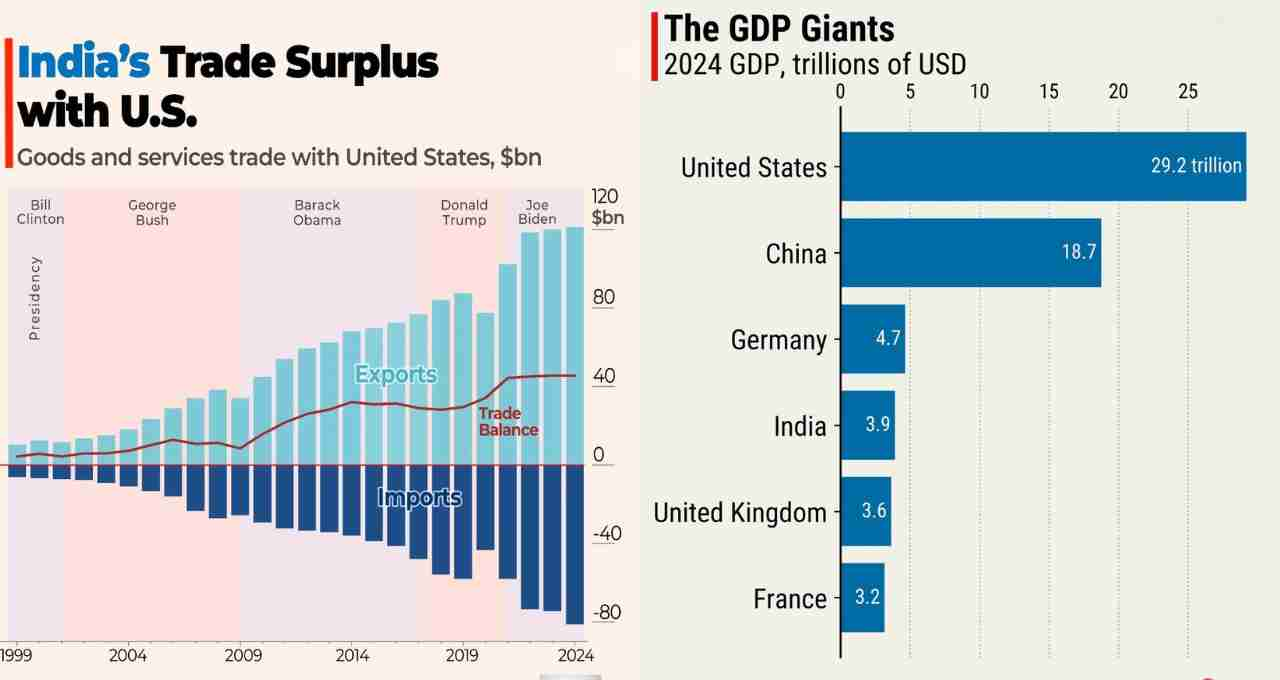
The US has now reached agreements with the UK and Vietnam. There has been some softening of terms with China, but tariffs are still at a high level. Compared to these countries, India will need to clarify its position quickly.
What will happen if the deal is not reached?
If India does not reach an agreement with the US by July 9th, a tariff of up to 26% will be imposed on many of its products. This will put immense pressure on Indian exporters and could weaken their competitiveness in the global market.
Parallel legal challenge
However, the US policy has also faced a legal challenge. An American court has declared President Trump's tariff policy unconstitutional. But the next hearing is scheduled for July 31st, and until then, these policies will remain in effect.
Industry reaction
Rajeev Memani, President of the Confederation of Indian Industry (CII), has said that 100% success is not possible on every issue. The agreement will be reached in several stages, and issues with greater political impact will be resolved separately. Meanwhile, US Treasury Secretary Scott Besant has said that an agreement between India and the US is now very close.
